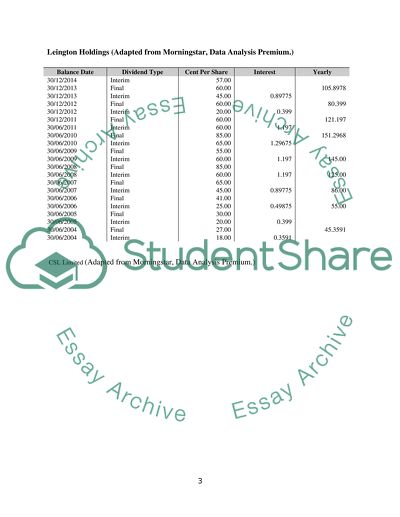Cite this document
(“Finance assignment Example | Topics and Well Written Essays - 2500 words”, n.d.)
Finance assignment Example | Topics and Well Written Essays - 2500 words. Retrieved from https://studentshare.org/finance-accounting/1656023-finance-assignment
Finance assignment Example | Topics and Well Written Essays - 2500 words. Retrieved from https://studentshare.org/finance-accounting/1656023-finance-assignment
(Finance Assignment Example | Topics and Well Written Essays - 2500 Words)
Finance Assignment Example | Topics and Well Written Essays - 2500 Words. https://studentshare.org/finance-accounting/1656023-finance-assignment.
Finance Assignment Example | Topics and Well Written Essays - 2500 Words. https://studentshare.org/finance-accounting/1656023-finance-assignment.
“Finance Assignment Example | Topics and Well Written Essays - 2500 Words”, n.d. https://studentshare.org/finance-accounting/1656023-finance-assignment.


